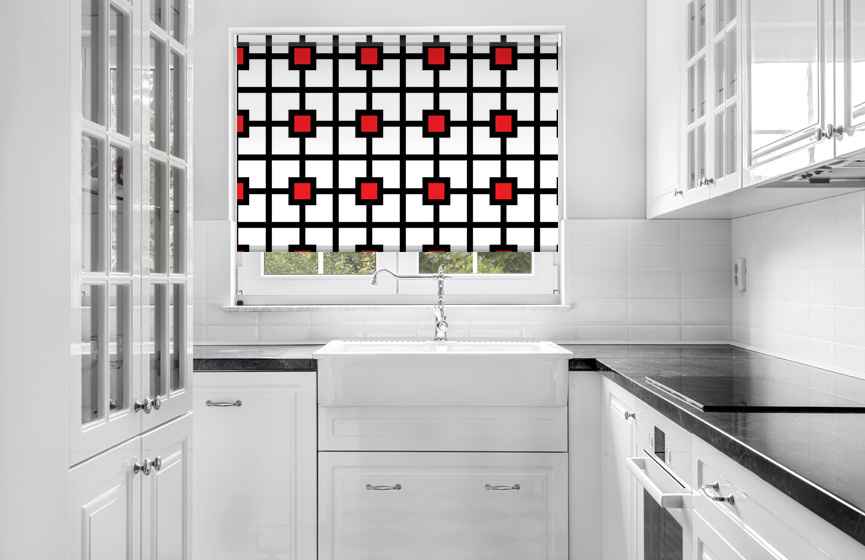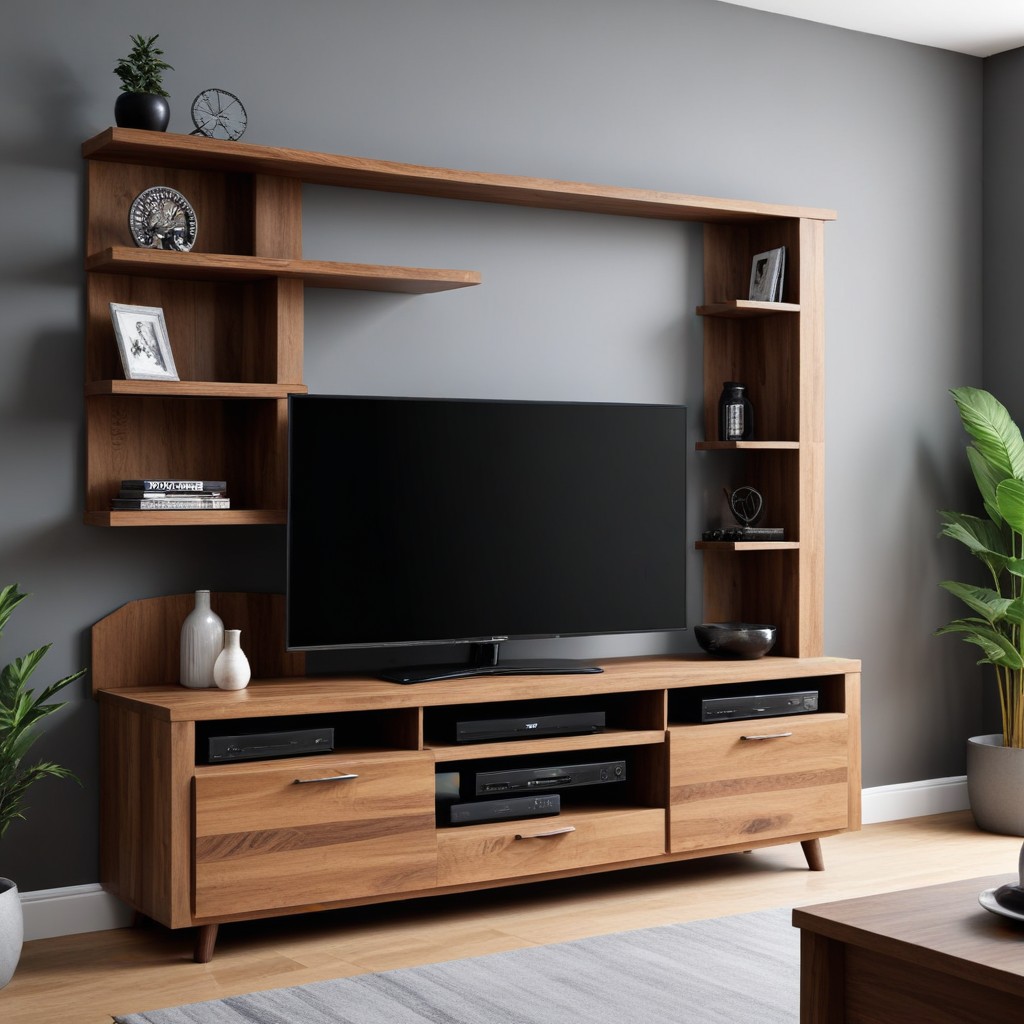Serene Bedrooms: A Guide to Creating a Tranquil Oasis
Serene Bedrooms: Creating Calm Retreats for Restful Sleep
In today’s fast-paced world, finding moments of tranquility is essential for overall well-being. The bedroom, as a sanctuary for rest and rejuvenation, plays a crucial role in promoting restful sleep. By incorporating elements of serenity into this intimate space, we can transform it into a haven that nurtures both body and mind.
Color plays a significant role in setting the tone of a bedroom. Soft, muted hues such as lavender, blue, or green evoke a sense of calm and relaxation. These colors have been scientifically proven to reduce stress levels and promote sleep. Additionally, consider using natural materials like wood or stone, which bring a sense of warmth and grounding to the space.
Lighting is another key element in creating a serene bedroom. Avoid harsh overhead lighting and opt for softer, diffused light sources. Dimmable lamps or bedside sconces allow you to adjust the brightness to create a cozy and inviting atmosphere. Natural light is also beneficial, so consider incorporating large windows or skylights to let in ample sunlight during the day.
Decluttering is essential for creating a sense of tranquility. Remove any unnecessary items or clutter that can create visual noise and distraction. Keep surfaces clear and organized, and consider using storage solutions to keep belongings out of sight. A minimalist approach to décor can help reduce stress and promote a sense of spaciousness.
The choice of bedding can significantly impact sleep quality. Opt for soft, breathable fabrics like cotton or linen, which allow for proper airflow and temperature regulation. Consider using weighted blankets, which have been shown to reduce anxiety and improve sleep. Additionally, invest in high-quality pillows that provide adequate support for your head and neck.
Finally, consider incorporating elements of nature into your bedroom. Plants not only add a touch of greenery but also purify the air, creating a healthier and more relaxing environment. The sound of a water feature or the gentle flicker of a candle can also contribute to a sense of tranquility.
By implementing these elements, you can transform your bedroom into a serene retreat that promotes restful sleep and overall well-being. Remember, creating a serene bedroom is an ongoing process that requires attention to detail and a commitment to creating a space that nurtures your mind, body, and soul.
The Art of Decluttering: Tips for a Calming and Organized Bedroom
**Serene Bedrooms: Creating Calm Retreats for Restful Sleep**
In today’s fast-paced world, finding moments of tranquility is essential for our well-being. The bedroom, as a sanctuary for rest and rejuvenation, plays a crucial role in fostering a sense of calm. By embracing the principles of decluttering, we can transform our bedrooms into serene havens that promote restful sleep.
Decluttering begins with removing unnecessary items. Start by sorting through your belongings, discarding anything that no longer serves a purpose or brings joy. This includes excess clothing, outdated electronics, and sentimental items that evoke negative emotions. By reducing clutter, you create a sense of spaciousness and tranquility.
Next, focus on organizing what remains. Use storage solutions such as baskets, drawers, and shelves to keep items tidy and out of sight. Consider vertical storage options to maximize space and minimize visual clutter. By keeping surfaces clear and organized, you create a calming environment that promotes relaxation.
Lighting plays a significant role in setting the mood of a bedroom. Opt for soft, warm lighting that creates a cozy and inviting atmosphere. Avoid harsh overhead lights and instead use bedside lamps or dimmers to control the intensity of light. Natural light is also beneficial, so consider incorporating sheer curtains or blinds to filter sunlight while maintaining privacy.
Color is another important element to consider. Choose calming colors for your bedroom, such as soft blues, greens, or neutrals. These hues have been shown to promote relaxation and reduce stress. Avoid bright or stimulating colors that can interfere with sleep.
Finally, consider the textures and materials in your bedroom. Soft fabrics, such as cotton or linen, create a cozy and inviting atmosphere. Natural materials, such as wood or stone, add a sense of warmth and tranquility. By incorporating these elements, you create a bedroom that is both visually appealing and conducive to restful sleep.
Decluttering and creating a serene bedroom is an ongoing process that requires regular attention. By following these principles, you can transform your bedroom into a sanctuary for rest and rejuvenation. A calm and organized bedroom promotes restful sleep, reduces stress, and enhances your overall well-being. Embrace the art of decluttering and create a serene retreat where you can truly unwind and recharge.
Color Psychology for Bedrooms: Choosing Hues for Restful Sleep
**Serene Bedrooms: Creating Calm Retreats for Restful Sleep**
The bedroom, a sanctuary for rest and rejuvenation, plays a pivotal role in our overall well-being. Color, a powerful psychological force, can significantly influence the ambiance of a bedroom, fostering tranquility or disrupting sleep. Understanding the psychology of colors can guide us in selecting hues that promote relaxation and restful slumber.
Blue, a calming and serene color, has been scientifically proven to lower heart rate and blood pressure. Its soothing qualities make it an ideal choice for bedrooms, creating a sense of tranquility and reducing stress. Shades of lavender, known for their calming effects, are also excellent options for promoting relaxation.
Green, associated with nature and growth, evokes a sense of peace and harmony. Its calming properties can help reduce anxiety and promote restful sleep. Soft shades of green, such as sage or olive, create a serene and inviting atmosphere.
Neutral colors, such as white, beige, and gray, provide a calming backdrop for bedrooms. Their versatility allows for easy coordination with other colors and patterns, creating a soothing and uncluttered space. White, in particular, reflects light, making bedrooms feel more spacious and airy.
Warm colors, such as yellow and orange, can be energizing and uplifting. However, their stimulating effects may not be ideal for bedrooms, where relaxation is paramount. If warm colors are desired, consider using them in muted or pastel shades to minimize their stimulating effects.
In addition to color, other factors contribute to a serene bedroom environment. Soft, comfortable bedding, blackout curtains to block out light, and a comfortable temperature can all enhance the quality of sleep. By creating a calming and inviting space, we can transform our bedrooms into true sanctuaries for restful sleep and rejuvenation.
Remember, the psychology of colors is subjective, and personal preferences may vary. Experiment with different colors and observe their effects on your sleep patterns. By choosing hues that resonate with your individual needs, you can create a serene bedroom that promotes relaxation and restful sleep, ensuring a refreshed and revitalized start to each day.




